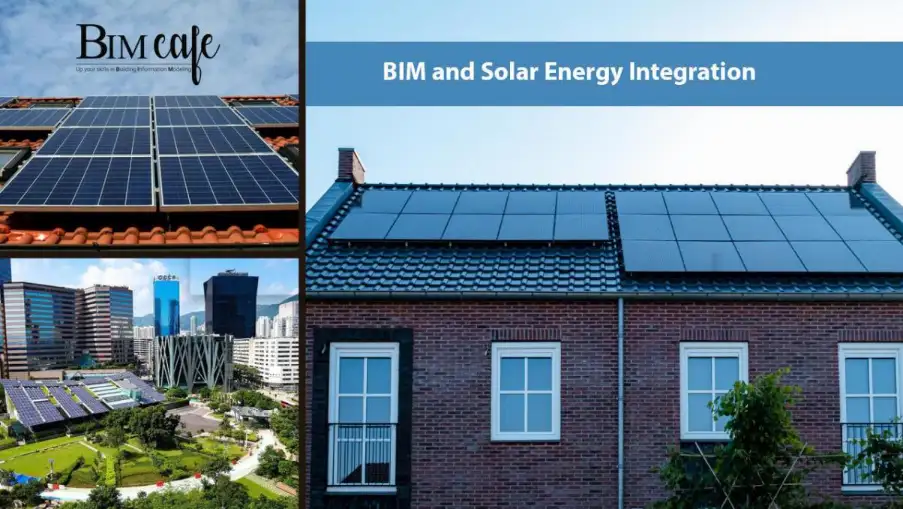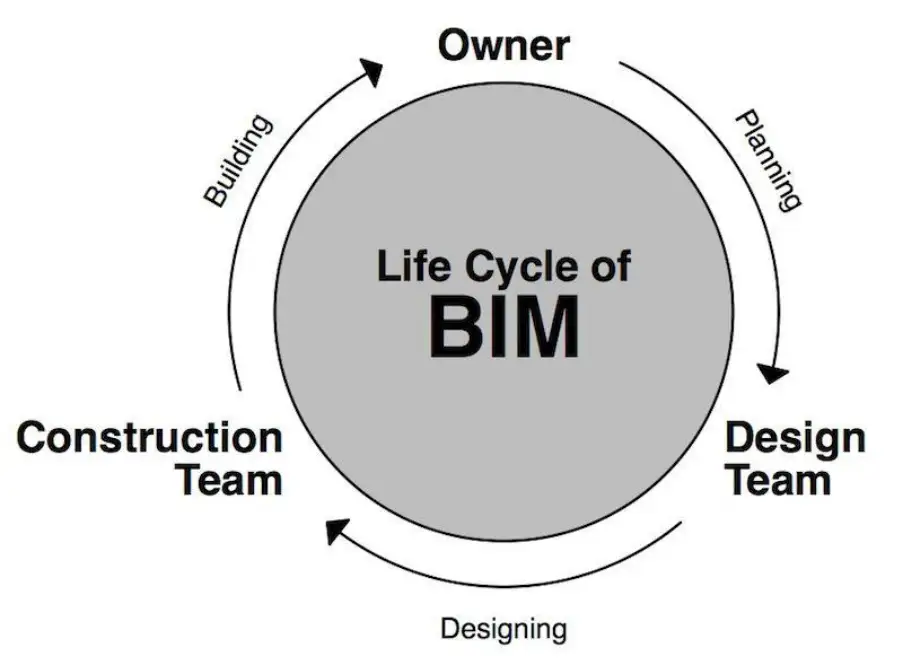
Author: Devika R
January 26, 2024
3 min read
As the world grapples with the urgent need to transition towards sustainable energy sources, the integration of solar power in buildings has emerged as a pivotal solution. Building Information Modeling (BIM) has proven to be a transformative tool in this endeavor, offering architects, engineers, and stakeholders a comprehensive platform to optimize solar energy utilization in the design and construction of buildings.
BIM and Solar Energy Integration::

Building Information Modeling is a sophisticated process that involves creating and managing digital representations of the physical and functional characteristics of a building. This includes information about the structure, materials, systems, and processes. When paired with the integration of solar energy technologies, BIM becomes a powerful tool for optimizing the design, installation, and performance of solar systems in buildings.
Optimized Design:
BIM allows architects and designers to simulate various scenarios for solar panel placement, taking into account factors such as sun exposure, shading, and building orientation. By using BIM, professionals can evaluate the most effective locations for solar installations, ensuring maximum energy capture throughout the day.
Efcient Installation:
The 3D modeling capabilities of BIM enable precise planning for the installation of solar panels. Detailed models assist in identifying potential clashes with other building components and infrastructure, streamlining the installation process and minimizing the risk of errors. This not only saves time and resources but also enhances the overall efciency of the solar energy system.
Lifecycle Performance Analysis:

BIM supports the assessment of the long-term performance of solar energy systems within buildings. This includes predicting energy generation, evaluating the impact of changes in weather conditions, and estimating the return on investment over time. By providing a holistic view of the building’s lifecycle, BIM enables stakeholders to make informed decisions about the integration of solar energy technologies.
Collaboration and Communication:

BIM facilitates collaboration among various stakeholders involved in the design and construction process. Architects, engineers, contractors, and solar energy experts can work together seamlessly on a shared digital platform. This collaborative approach ensures that everyone involved has access to accurate and up-to-date information, fostering better decision-making and project outcomes.
Regulatory Compliance:

BIM ensures that solar energy systems comply with local building codes and regulations. The digital model can be used to validate the design against regulatory requirements, reducing the risk of non-compliance and associated delays.
Conclusion:
The integration of solar energy in buildings, empowered by Building Information Modeling, represents a signifcant step toward sustainable and energy-efcient construction practices. BIM not only streamlines the design and installation processes but also provides a comprehensive platform for analyzing the long-term performance and optimizing the utilization of solar power. As the world continues to prioritize environmentally conscious solutions, the synergy between BIM and solar energy is poised to play a crucial role in shaping the future of sustainable building practices.





